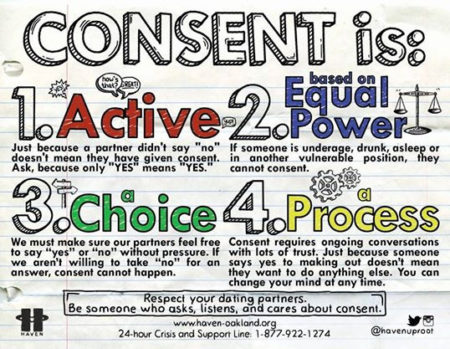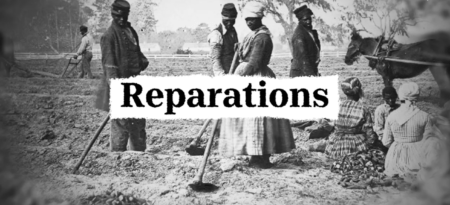I often make the point that the left should target a broad working-class coalition. Every now and then to the point of sounding like a broken record. This includes an approach from multiple vectors – not only people on the job, but also unemployed people and the precariat. But while I often talk about race and about tenants unions, I don’t talk as often about gender. I’ll do that here by looking at the feminization of work.
Readers who know me might be surprised that I haven’t written as much about gender. After all, I have a background in feminist philosophy and activism. So, in that spirit, I’ll use this post to share one key data point on the feminization of work. I think it addresses why it’s so important for leftists to address issues of gender, especially in the world of work.




